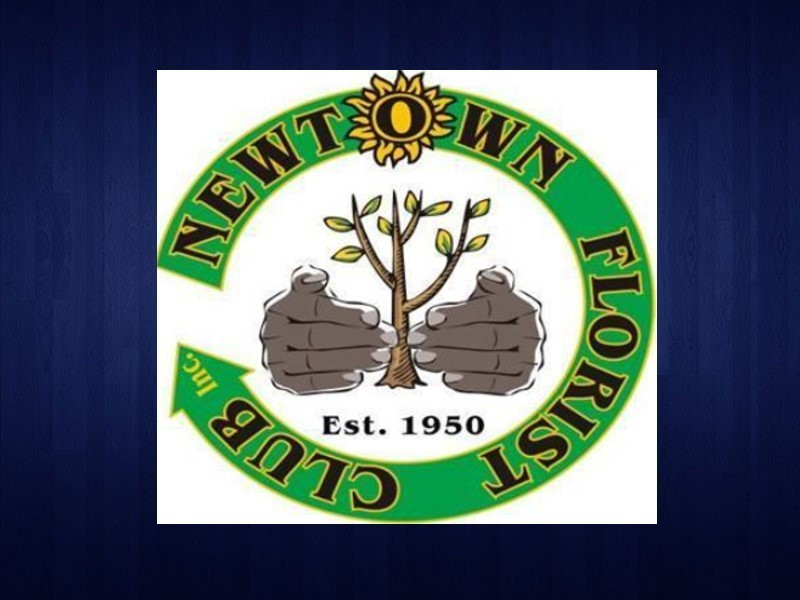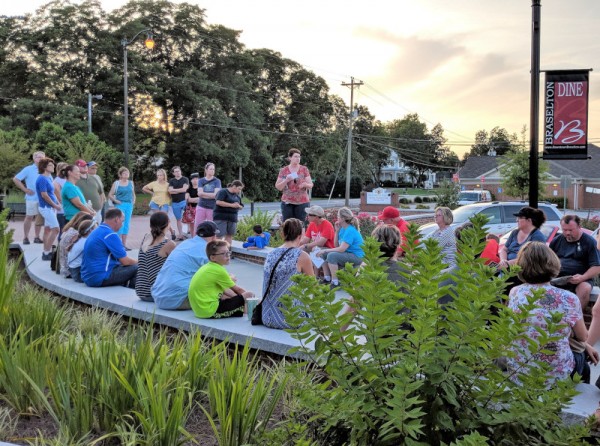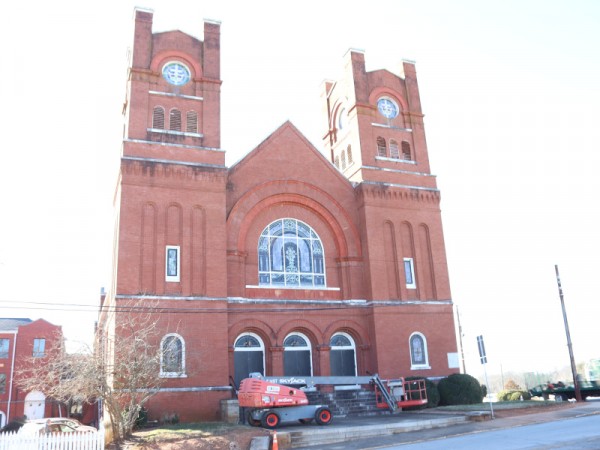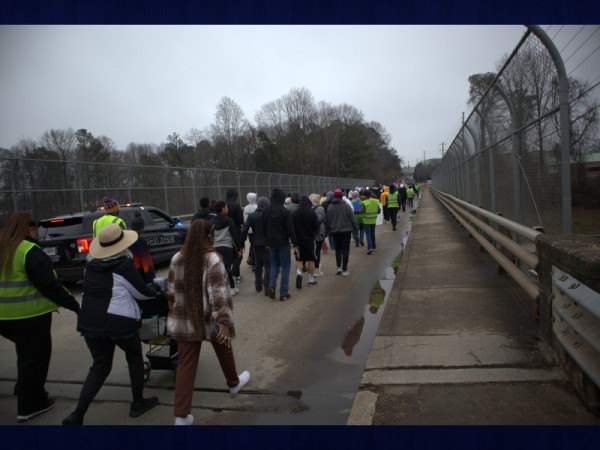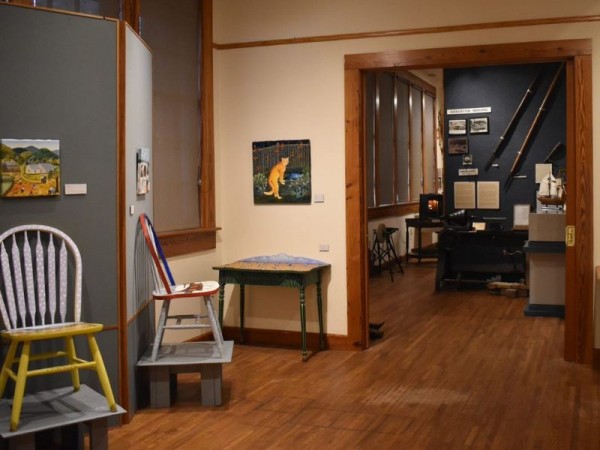The Newtown Florist Club will preserve the history of three former segregated Gainesville high schools with a new documentary.
The documentary, which does not have a name yet, will capture interviews with 11 alumni from Fair Street School and E.E. Butler High School. It will also tell the history of Summer Hill High School, which was initially the only public school for Black Gainesville students until it was destroyed by the 1936 tornado.
Fair Street School was built in 1937 to replace Summer Hill High School, and it enrolled students from kindergarten to 12 grade. Many of the high school-aged Fair Street students were moved to E.E. Butler High School once it opened in 1962.
According to historian and project consultant Linda Hutchins, E.E. Butler High School students were in awe of their new building.
Hutchins was part of E.E. Butler High School’s first 1962 class. She remembered the school’s exciting features, like its French lab, home economy department and brand new typewriters.
“We were very excited and we were proud to be entering a new school,” Hutchins said. “We thought that it was just gorgeous, because it was a state-of-the-art school at that time. It was A1, first-rate. We had all these conveniences.”
Although Brown v. the Board of Education ruled in 1954 that “separate but equal” segregated schools were unconstitutional, Georgia schools were not desegregated until 1969.
Hutchins suspects that this delayed segregation was one of the reasons why E.E. Butler High School was built.
“The thinking may have been, ‘Well, if we build this big, beautiful school and we put nice things there, nobody will complain about integration and nobody will want to integrate,’” Hutchins said. “I'm not saying that was the case, but I'm just saying it could have been an effort to pacify.”
This theory proved to be partly true for E.E. Butler High School students, whose last class graduated in 1969. The following fall, remaining E.E. Butler students were enrolled in Gainesville High School, and with that students lost the identities and the camaraderie they had established within their beloved state-of-the-art school.
“I graduated in 1966,” Hutchins said. “By the time [E.E. Butler High School closed],I had graduated and I was no longer there. But just from hearing [my sister’s] thoughts and seeing how she dealt with the situation, I would say it was not a good deal. Because those students were looking forward to graduating from Butler. They were involved in all sorts of activities and organizations. They were just uprooted. Gainesville High never felt like home to them.”
Historian and Gainesville-Hall County Black History Society President Rickey Young also assisted with documentary interviews, and he recalled his own integration experience. Young never had the opportunity to attend E.E. Butler High School, since it closed when he was in the fifth grade at Fair Street School.
He went to the integrated New Holland Elementary school the following year, and said he had an overall positive experience with his new peers.
“By the time I'd gotten there, any white students who didn't want to go to school with Black students would have been gone,” Young said. “I don't know if there was a great number of people who left because of integration. But the people at New Holland… I was in Ms. Anne Sutterfield’s class and she was warm and welcoming. And the students in the class were warm and welcoming. Everybody was interested in getting to know new people. And we made lifelong friends, so it was a growing and learning experience.”
However, Young said he knew this was not the experience of all Black students. He recalled that the Ku Klan Klan made an appearance about every two weeks in the Black community to “make their presence known.”
Former E.E. Butler High School teachers also struggled with the integration transition, as many of them lost their jobs once the school closed. When they tried to find work with other school systems, Black teachers faced discrimination.
“Most of the high school teachers left because they were offered positions that would have been beneath what they were qualified for,” Hutchins said. “And so rather than accept those lower positions, then they moved on.”
These are just a few of the stories that will be featured in the documentary once it is complete. It has been in production since August 2020, and project coordinator Andre Cheek Castleberry said phase one interviews with Fair Street alumni were recently completed.
“It was so much fun for them to get back together with their classmates,” Castleberry said. “And they were able to bounce off of each other. The conversations were so rich, and they were able to remember based on the things that they would hear from their classmates. And then we also had some individual interviews, where we were able to dig a little bit deeper in the conversation about what their experience was like while they were in school.”
Phase two interviews for the E.E. Butler High School students will get underway in early September, which will coincide with a Fair Street and E.E. Butler reunion.
Castleberry hopes this documentary will educate the community’s younger population about Gainesville’s thriving Black community during the time period.
“To be able to show the young people the rich history and experience in that community… Those people that they may go to church with, those people who may have been a mentor to them in the community,” Castleberry said. “Or they may have seen out in the community, in the schools or in political positions. And that gives them an idea of who those people were, what they did. It'll also educate them about what it was like just almost 50 to 60 years ago in this community, which they're living in now. I know it's going to accomplish that, as well as to also educate not only the local community and the Gainesville-Hall County community as a whole.”


